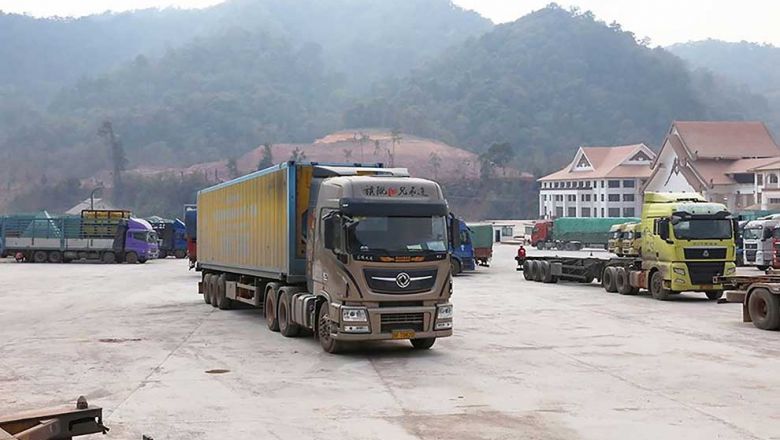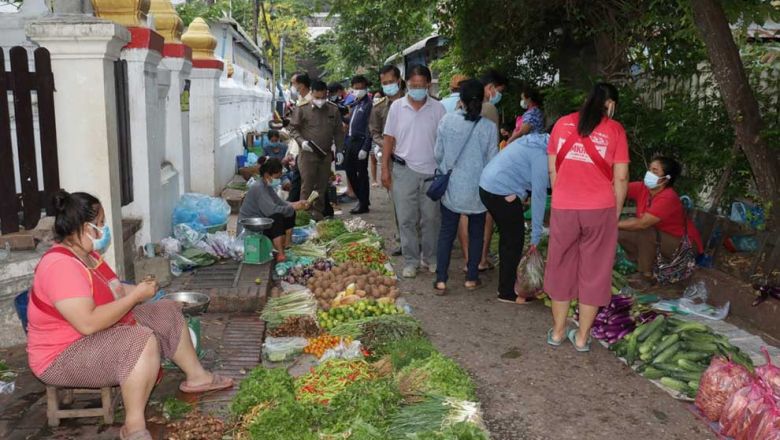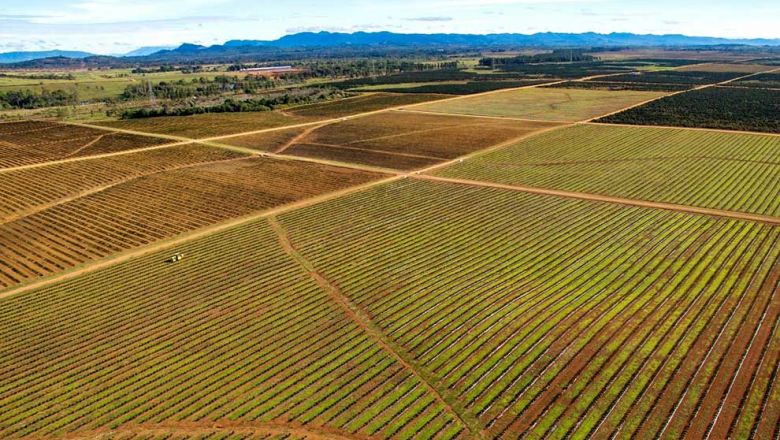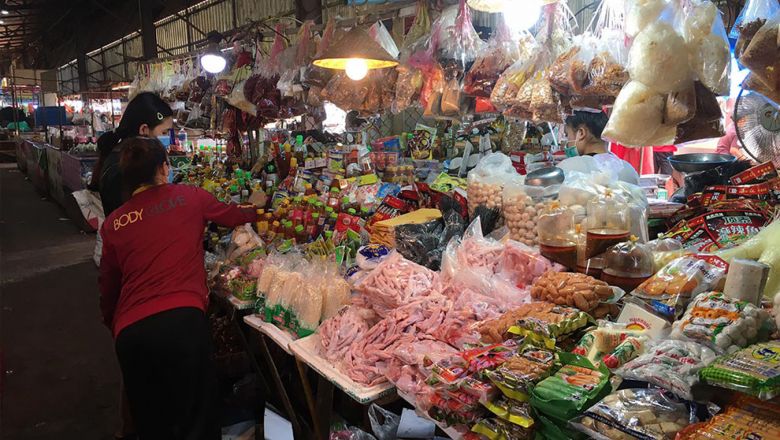Challenges to China-Asean production capacity building
Challenges to China-Asean production capacity building
Cooperation in production capacity between China and Asean is currently facing some challenges including concerns around China's motives, conflict of bilateral interests, investment restrictions in different countries, and interference by dominant countries.
But China-Asean cooperation has also selected a path for jointly deliberating and building China-Asean production capacity and cooperation to further the mutual benefits of all concerned.
China and Asean are deepening their currency and financial co operation to create unimpeded financial channels and strengthening the construction of infrastructure for connectivity and providing the necessary conditions for trade.
They are also promoting cultural exchanges to consolidate the basis of cooperation and implementing modes of internet communication and logistics to facilitate the development of cross-border e-businesses.
According to the Guangxi Academy of Social Sciences, China, “the Belt and Road” project has created opportunities for China-Asean production capacity cooperation because it has opened up broad prospects in the field and fits the needs of Asean countries.
The establishment of the Asean Community has also created new opportunities for China-Asean production capacity cooperation and a basic network for China-Asean connectivity is now being rapidly created.
China began production capacity cooperation with Asean a long time ago. Industrial cooperation has been underway for 10 years since the establishment of the China-Asean Free Trade Area in 2003.
There is an excellent foundation in 11 major areas of cooperation, namely agriculture, information technology, human resources, mutual investment, development in the Mekong River Basin, transportation, energy resources, culture, tourism, public health, and environmental protection.
Both sides have built a relatively good foundation which includes the legal framework for economic cooperation, which offers certainty for production capacity cooperation.
Both sides have established an economic cooperation plan to serve as a guide for production capacity cooperation. Multilevel and diverse cooperation platforms have also been developed and a certain degree of financial support is available.
Guangxi Academy of Social Sciences also reflected on China's reasons for developing the Belt and Road.
Firstly, from the perspective of politics, it expresses the concept of peaceful development and China's open mind.
Secondly, from an economic perspective, it is conducive to pushing forward production capacity cooperation between China and countries along the Belt and Road.
Finally, from a cultural perspective, it is conducive to promoting cultural exchanges between China and the countries along the Belt and Road.

















